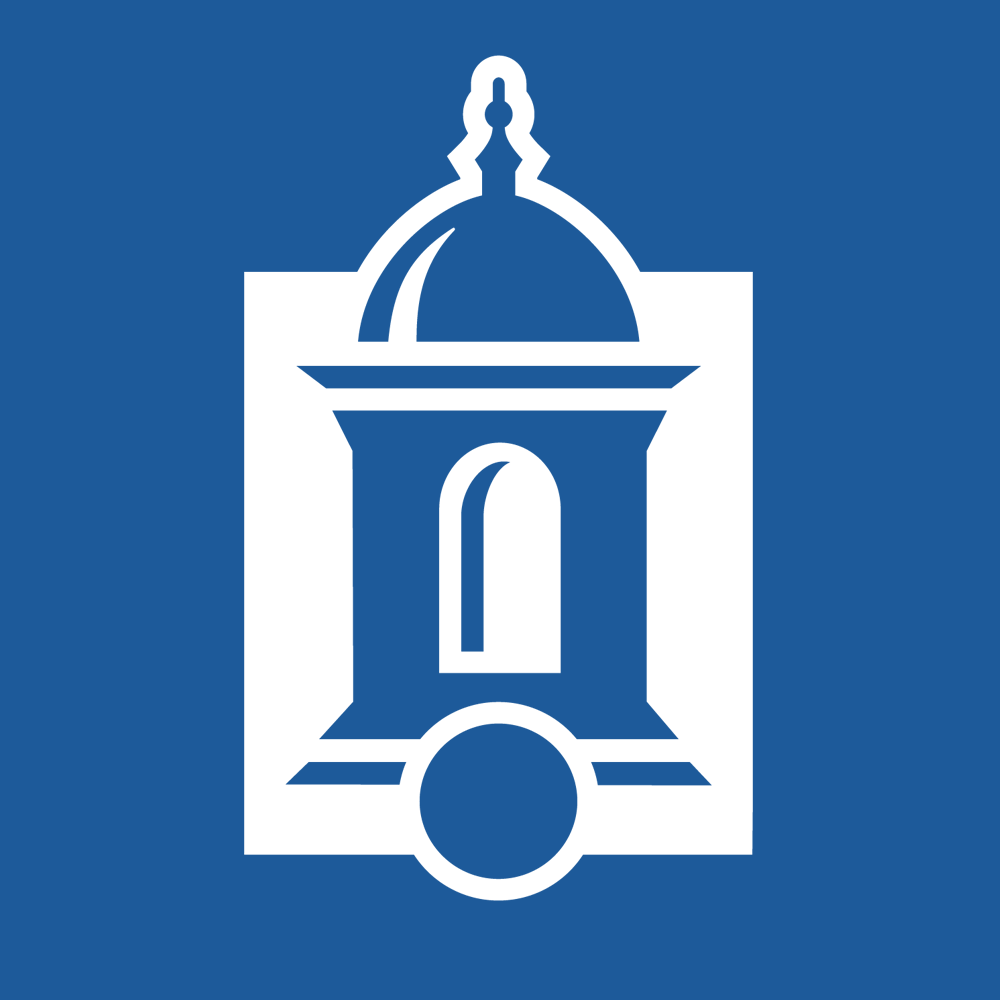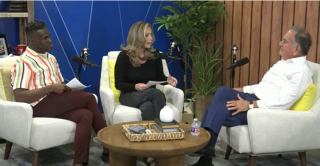
2018 Self-Study
1. What is NEASC?
NEASC is the New England Association of Schools and Colleges. NEASC is made up of four Commissions that establish standards and apply assessment processes to confirm education quality in independent schools, international education, public schools, and post-secondary institutions. NEASC’s Commission on Institutions of Higher Education (CIHE) is the unit of which we are a member and the unit that oversees our institutional accreditation.
2. What does NEASC accreditation guarantee?
The NEASC-member higher education institutions have established a set of standards member-institutions must meet to ensure that they are achieving their stated purposes, performing their roles in ways that ensure overall quality, and employ appropriate standards for management of human and financial resources. Achievement of NEASC accreditation assures the public that the accredited member demonstrates (a) substantial compliance with established qualitative standards, (b) integrity in statements to the public describing the institution’s program, (c) institutional commitment to improvement, and (d) sufficiency of institutional resources.
3. Why do we need accreditation from NEASC?
One major reason for accreditation from NEASC is to confirm and ensure quality in the education and opportunities we provide at Central Connecticut State University. Another major reason is that accreditation by NEASC give Central students and Central programs access to federal funding in the form of grants and loans.
4. What is the process?
The process requires (a) the preparation by Central of a self-study document, (b) review of that document by a NEASC-selected set of peer educators from other NEASC institutions, (c) a visit over all or parts of four days by that team of reviewers designed to confirm what has been presented in the self-study, (d) a review for factual errors by Central leadership, (e) a final copy of the report submitted by the visitation team to the members of the Commission on Institutions of Higher Education, and (f) discussion and a decision by the commission regarding continuing accreditation.
5. What standards do we have to meet?
The set of standards are proposed, reviewed, and approved by the member institutions of NEASC and are published on-line by NEASC. Central’s self-study document presents in no more than 100 pages of text a description, appraisal, and projection related to each of the nine standards. The standards address the following elements: (1) Mission and Purposes; (2) Planning and Evaluation; (3) Organization and Governance; (4) The Academic Program; (5) Students; (6) Teaching, Learning, and Scholarship; (7) Institutional Resources; (8) Educational Effectiveness; and (9) Integrity, Transparency, and Public Disclosure. The report also include a pre-identified set of data with each standard and numerous tables, charts, and data points in support of the text in the report.
6. Who wrote the report?
Preparation of the self-study report was accomplished by a Steering Committee supported by 14 standards committees, each preparing the initial draft for each standard or sub-element of a standard. The Steering Committee was formed in November 2015 with oversight by Provost Carl Lovitt. Associate Vice President Glynis Fitzgerald and Director of Institutional Research and Assessment, Yvonne Kirby managed the process and preparations for the upcoming Fall 2018 visit. Interim Provost Susan Pease and newly appointed Provost David Dauwalder also provided oversight with the entire process lasting approximately 2 years, 8 months. More than 50 faculty, staff, students, and administrators participated in these committees. At various times throughout the process, the campus community was invited to review drafts and provide recommendations, which were subsequently reviewed by the Steering Committee and implemented to create the self-study document in its final form.
7. What happens during the visit?
A nine-member team—eight from five New England states and one from Maryland—was appointed by NEASC to serve as the visitation team. The team will arrive for its initial organizational meeting on Sunday, September 23. On Monday and Tuesday, September 24 and 25, team—sometimes as a whole and other times as individual members or pairs of members will meet with various university groups and individuals to discuss a variety of elements related to Central and the NEASC standards. Open meetings for faculty and for students will also be scheduled. The team’s primary goal is to confirm the story we have conveyed in our self-study and by the end of its visit, to formulate its ideas that will form the basis of the visitation team’s report to the Commission. At the end of the visitation, late morning Wednesday September 26, the team will meet with President Toro to present her with an oral preview of the major points that will be made in the team’s written report. The team chair will speak to the institution’s strengths as well as those areas the team found in need of improvement.
8. What is my role during the visit?
To participate in scheduled meetings to the extent you can as a member of the groups that are identified for specific sessions and to participate in the open meetings where scheduled. Each member of the university community is encouraged to be familiar with the Central mission and key elements of the self-study report. You’re invited to read the entire report if you wish, which has been prepared to present in more outline and bullet form the key concepts presented regarding each of the nine standards.
9. Where can I find a copy of the report?
Click here for the full report.
10. What are the outcomes of the accreditation process?
The Commission on Institutions of Higher Education will receive the written report from the visitation team, and will meet several months later to take action. For an accredited institution such as Central, the three possible actions that could be taken by the commission are (a) to be continued in accreditation, (b) to be placed on probation, or (c) to have its accreditation withdrawn. Even if continued in accreditation, the commission may identify specific aspects of the institution’s performance that could require attention and improvement with a follow-up report due after a specified period of time.
11. When will we know the results?
With a late-September visit, the final decision will likely be made at the Commission’s meeting in Spring 2019.
12. How did we do the last time?
The NEASC Commission on Higher Education reaffirmed Central’s regional accreditation on April 7, 2009. NEASC found the University to be “substantially in compliance with the Standards for Accreditation.” The Commission requested follow-up reports on development of the institution’s systematic and broad-based program of student learning assessment and development of a systematic and periodic review of all academic programs.
13. What can I do to help?
Be able to speak about the mission of Central. Read the self-study document, or at least spend some time skimming the document or reading the “Talking Points” document. Participate in the meetings for which you’re scheduled. Participate in the open meetings.
14. How will we ensure that we pay attention to these issues after the visit?
At the very least, the issues will impact the creation of our annual goals and guide the improvements and/or adjustments we need to make as a university. We are discussing the potential creation of an ongoing NEASC oversight group whose role would be monitoring and recommending actions on an annual basis to ensure that we as a university are addressing whatever issues we need to address to continue achieving quality outcomes and service our students and other constituencies well.
15. What if I don’t agree with what the report says?
Each element of this report has been reviewed and discussed by multiple individuals and groups in the university community. Nonetheless, differences among the various members of our university community will still be present. You’re free to express your agreement and your disagreement with any portion of the report through written suggestions or through speaking about your support or disagreement with conclusions drawn or projections for further action at the scheduled meetings.
16. I made suggestions, but I don’t see them in the report. What happened?
Multiple opportunities to provide feedback and input into the report were possible. Many members of the university community did provide feedback and suggest elements to consider to add and address in the report. We had a 100-page limit for the text, which required finding ways to reduce the initial draft by 10-to-15 pages. We also had to ensure that we included a number of specific issues that were required, including addressing items that were issues in the latest visit and providing specific examples as evidence. The Steering Committee worked hard at ensuring the report overall represents Central, its broad set of activities, the major improvements made in assessment, and the strength of the university in its service to students, learning, scholarship, and community engagement as well as possible.
17. Where could I find information on key elements presented in the nine standards of the report?
A one page summary of talking points per standard is available online here.


